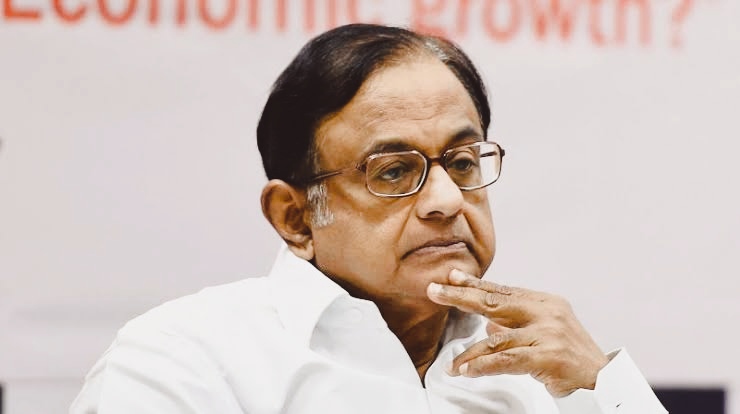Mumbai: In the lead-up to the release of Siddharth Anand’s latest film, Pathaan, a mere 20-second clip became the epicenter of controversy, shifting the spotlight from the movie itself to a brief sequence featuring Deepika Padukone in a saffron bikini. Surprisingly, in a time when progressive films have gradually pushed boundaries, this snippet stirred anger for allegedly disrespecting and sexualizing a political color.
The incident prompts reflection on the evolution of female sexuality in Bollywood over the years. From Deepa Mehta’s groundbreaking Fire in 1996 to the bold narratives of Dirty Picture (2011), Lipstick Under My Burkha (2016), and the recent Thank You For Coming, these films have showcased women embracing their desires for sex, money, and fame. Yet, the controversy around ‘Besharam Rang’ reveals a dissonance in the industry.
While one facet of Hindi cinema has embraced permissiveness and progressiveness, another seems determined to uphold societal norms, penalizing any transgressions. The paradox underscores a fundamental issue – a few female-driven films don’t equate to a genuinely equal society. In fact, deviations from societal norms often result in a reinforcement of traditional views, especially regarding female sexuality in mainstream films.
This tug-of-war between progress and regression in Bollywood’s portrayal of women highlights the complex journey toward gender equality. While some films break the glass ceiling, others reinforce stereotypes, exposing the industry’s dichotomy. Understanding this evolution requires a nuanced examination of the interplay between cinematic expression and societal expectations.

*Breaking Down the Evolution:*
1. *Fire (1996):* Deepa Mehta’s Fire challenged societal norms with its exploration of a lesbian relationship, sparking both acclaim and controversy. This film laid a foundation for future discussions on alternative narratives.
2. *Dirty Picture (2011):* Vidya Balan’s portrayal of Silk Smitha in Dirty Picture was a game-changer, offering a candid look at a woman unapologetically embracing her sensuality, earning Balan widespread acclaim.
3. *Lipstick Under My Burkha (2016):* This film delved into the secret desires of four women, providing a realistic portrayal of female sexuality and the societal restrictions they grapple with.
4. *Thank You For Coming (2023):* The latest addition to the lineup, this film likely contributes to the ongoing conversation about women’s autonomy over their desires.
*The Dichotomy and Societal Impact:*
The ‘Besharam Rang’ controversy exemplifies the paradox within Bollywood’s progress. While individual films may challenge norms, the broader industry often reacts by reining in these deviations, revealing a struggle between tradition and modernity.
Moreover, the industry’s response to controversies shapes societal perceptions. Threats against Deepika Padukone for a seemingly innocuous scene underscore the challenges female actors face when pushing boundaries.
*Conclusion:*
The evolution of female sexuality in Bollywood reflects the broader societal transformation underway. While there’s undeniable progress in some cinematic narratives, the industry’s oscillation between boldness and conservatism highlights the uphill battle for true gender equality. Female-driven films may break barriers, but the real transformation lies in the industry’s ability to consistently challenge and reshape societal norms.
As we navigate this complex landscape, it’s crucial to recognize that a few progressive films do not equate to a fundamental shift. Bollywood’s portrayal of female sexuality remains both a mirror and a catalyst for societal attitudes, and the industry’s choices will play a pivotal role in shaping the narrative of gender equality in India.





